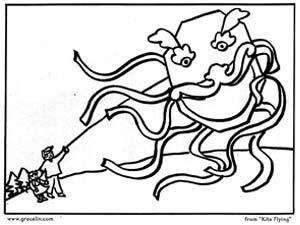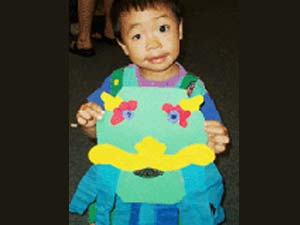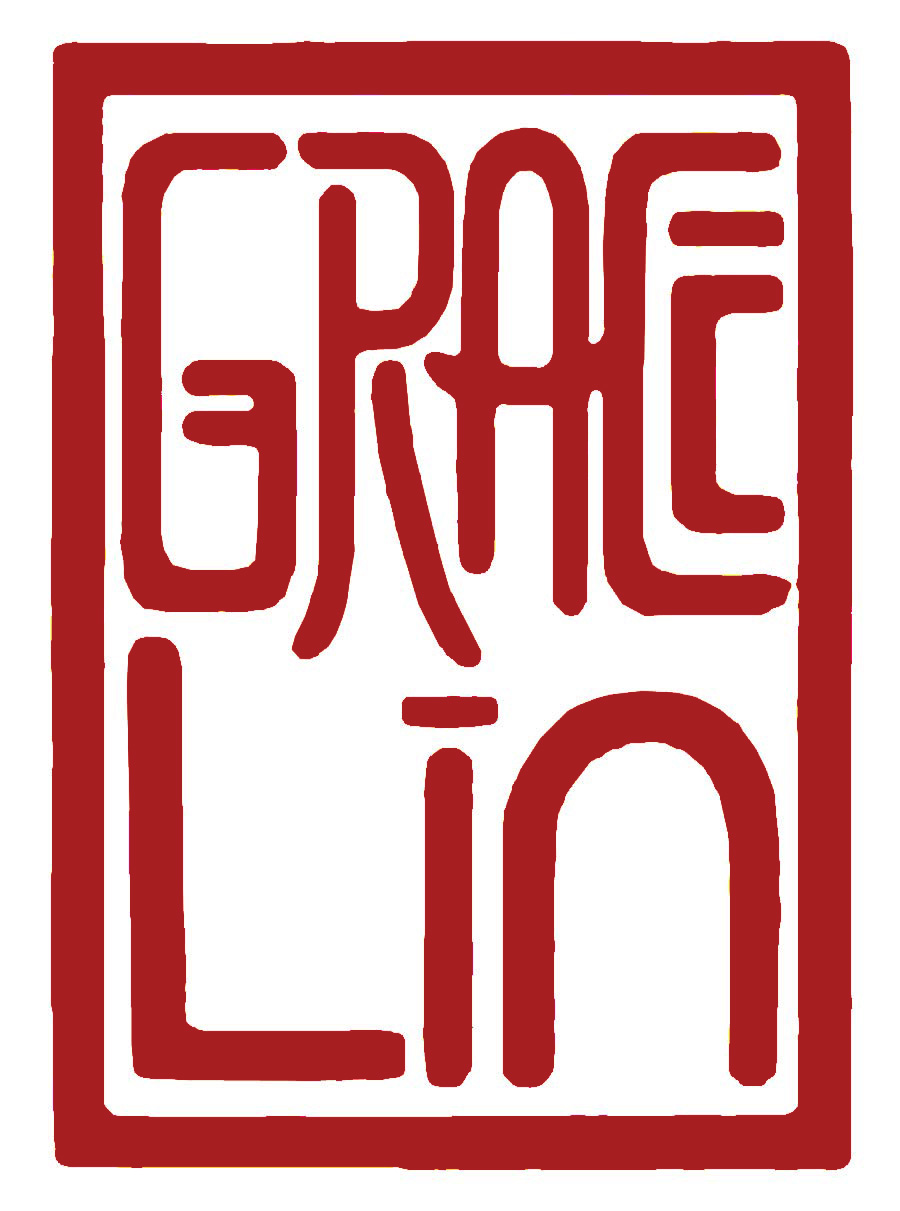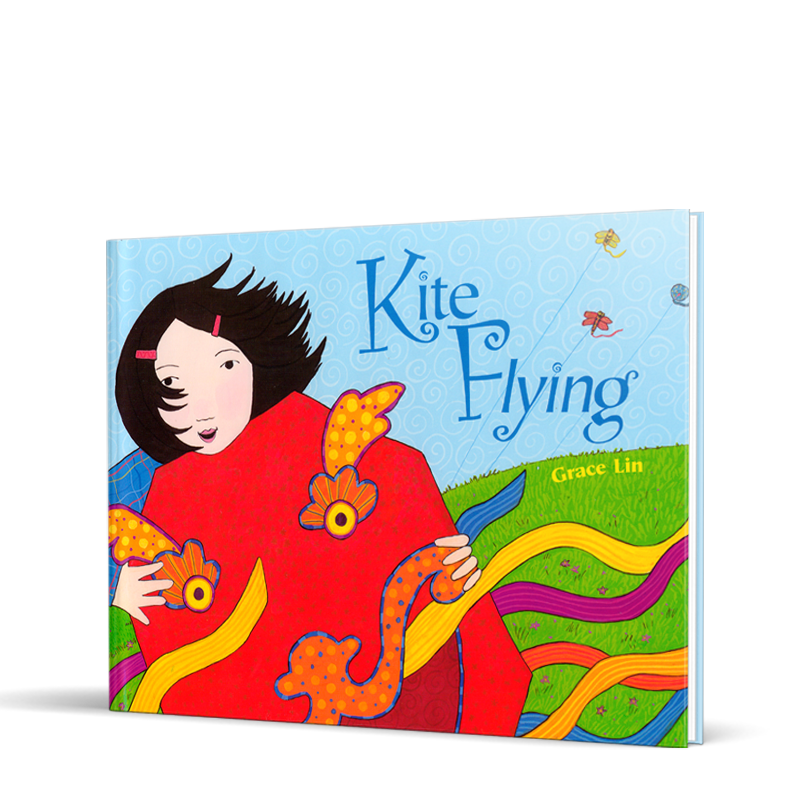Kite Flying
The wind is blowing. It is a good day for kites! The whole family makes a trip to the local craft store for paper, glue, and paint. Everyone has a job: Ma-Ma joins sticks together. Ba-Ba glues paper. Mei-Mei cuts whiskers while Jie-Jie paints a laughing mouth. Dragon eyes are added and then everyone attaches the final touch . . . a noisemaker! Now their dragon kite is ready to fly.
Kite Flying celebrates the Chinese tradition of kite making and kite flying and lovingly depicts a family bonded by this ancient and modern pleasure.
Awards
• Starred School Library Journal Review
• Bank Street College Best Books of the Year
• Outstanding Achievement in Picture Books 2002, by the Parent’s Guide to Children’s Media Inc. Board of Directors
Reviews
Reading level: Ages 3-8
Pages: 32 pages
Publisher: Knopf Books for Young Readers (June 11, 2002)
Language: English
ISBN: 0375815201
Activities:
Kite Flying

Coloring Page
Print out a Kite Flying coloring page.

Craft: Make Decorative Kites
In the book, the family makes a dragon kite. Let your students do the same! Using construction paper, party streamers and Grace's special templates, kids can make a dragon kite just like the book.

Lesson: Symbolism
The end of book tells how the shape of a kite symbolized the traits the person flying it wished to possess. What is a symbol? Why would a dragon symbolize power? Why does a dragonfly symbolize summer? Have students choose an animal for their own symbol. Ask why they chose their animal and which traits of their symbol they wish to possess.


